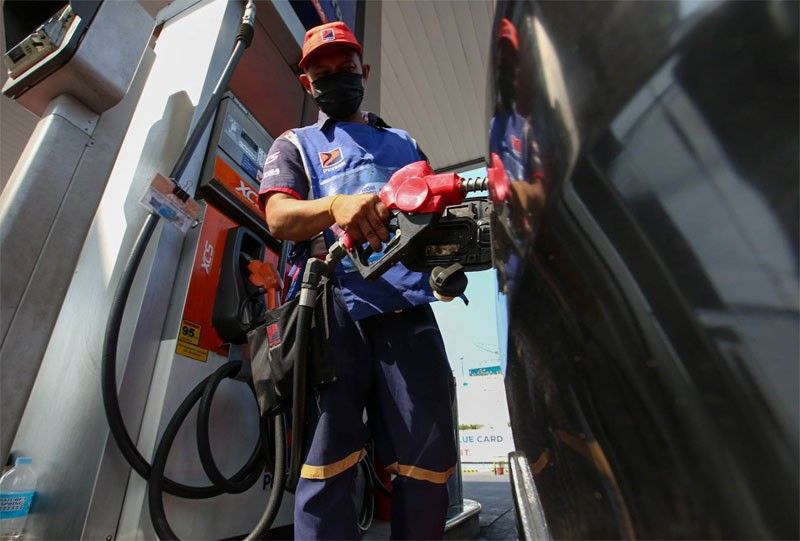Renewed confidence seen in Philippines oil, gas sector

MANILA, Philippines — There is renewed confidence and strong interest in the Philippines’ oil and gas sector following the government’s efforts in the past year to boost the investment climate, according to the Department of Energy.
The DOE has identified the Malampaya service contract renewal, for one, as one of the major accomplishments of the current administration in its push for indigenous energy sources to ensure reliable, stable and affordable electricity supply.
In a report, the agency said the extension of Malampaya’s Service Contract 38 until Feb. 22, 2039 was a key indicator of progress in the development of the natural gas industry in the Philippines.
The DOE said extending SC 38 allows the full production of the Malampaya gas field by ensuring the full utilization of its remaining gas reserves estimated at 147 billion cubic feet.
“Further, this will kickstart the timely exploration and development of the in-field and near-field prospects, which may provide additional reserves of around 210 billion cubic feet,” the agency said.
President Marcos, during his State of the Nation Address last year, noted the “uncertain policy in upstream gas, particularly in the area close to Malampaya.”
Marcos said this required “clarification of the processes and review of service contract policy.”
The government took the lead in providing investment incentives by approving the sale of Shell Philippines Exploration B.V.’s 45-percent stake in SC 38.
The DOE said the approval of the sale in September last year “resulted in an all-Filipino consortium now operating the Malampaya Deepwater Gas to Power Project, the largest upstream petroleum operations in the country.”
Enrique Razon led-Prime Exploration in July 2022 formalized its purchase of MEXP, which had acquired the Shell shares.
Prime Infra, through its subsidiary Prime Energy Resources Development B.V., holds a 45 percent operating stake in the Malampaya gas-to-power project.
The extended SC 38 required the Malampaya consortium to explore the area around Malampaya for new wells.
The contract extension also required the consortium to put in place a minimum work program for geological and geophysical studies and to drill at least two deep-water wells from 2024 to 2029.
“This firm work program is geared towards unlocking the potential both in the existing gas field and nearby prospect areas to provide incremental production,” the DOE said.
The agency also said that with the renewal of the Malampaya SC 38, Lopez-led First Gen and Prime Energy have forged an alliance that will allow Prime Energy to lease and operate the FirstGen LNG Terminal.
“This will enable a gas aggregation facility that will provide fuel to power the country’s natural gas power plants (beginning with the power plants of First Gen) and enable them to continue running efficiently and reliably, provide blended gas prices more favorable to consumers, make the country a more serious player in the highly competitive LNG global market, and bridge ongoing efforts to locate, develop and harness more indigenous natural gas resources,” the DOE said.
In line with the push to explore additional indigenous energy sources, the DOE has also allowed Nido Petroluem Philippines, the operator of SC 6B and 54, to proceed with the site survey of their drilling locations in their service contract areas.
Drilling of two wells are slated to be conducted by the fourth quarter of 2023.
The DOE also reported developments in the work program of Ratio Petroleum, the operator of SC 76.
Ratio Petroleum has identified two possible petroleum plays with over 20 leads delineated within their contract block.
The third phase of its work program covers drilling on one exploration well targeted to start in 2026 to ascertain the presence of oil and gas in the area.
The DOE said that while it is capital-intensive to carry out exploration programs, “there is a need for an aggressive push to explore for new and oil and gas fields for the furtherance of the country’s energy security with the depletion of the Malampaya reservoir and the continuing volatility of fossil fuel prices in the past years.”
- Latest
- Trending


























